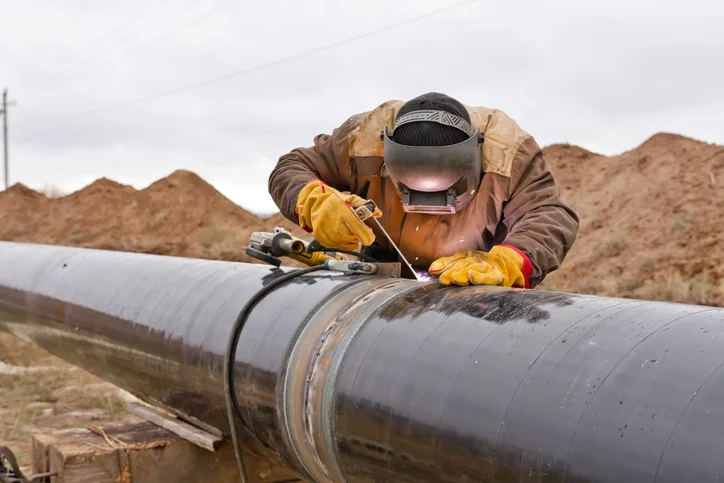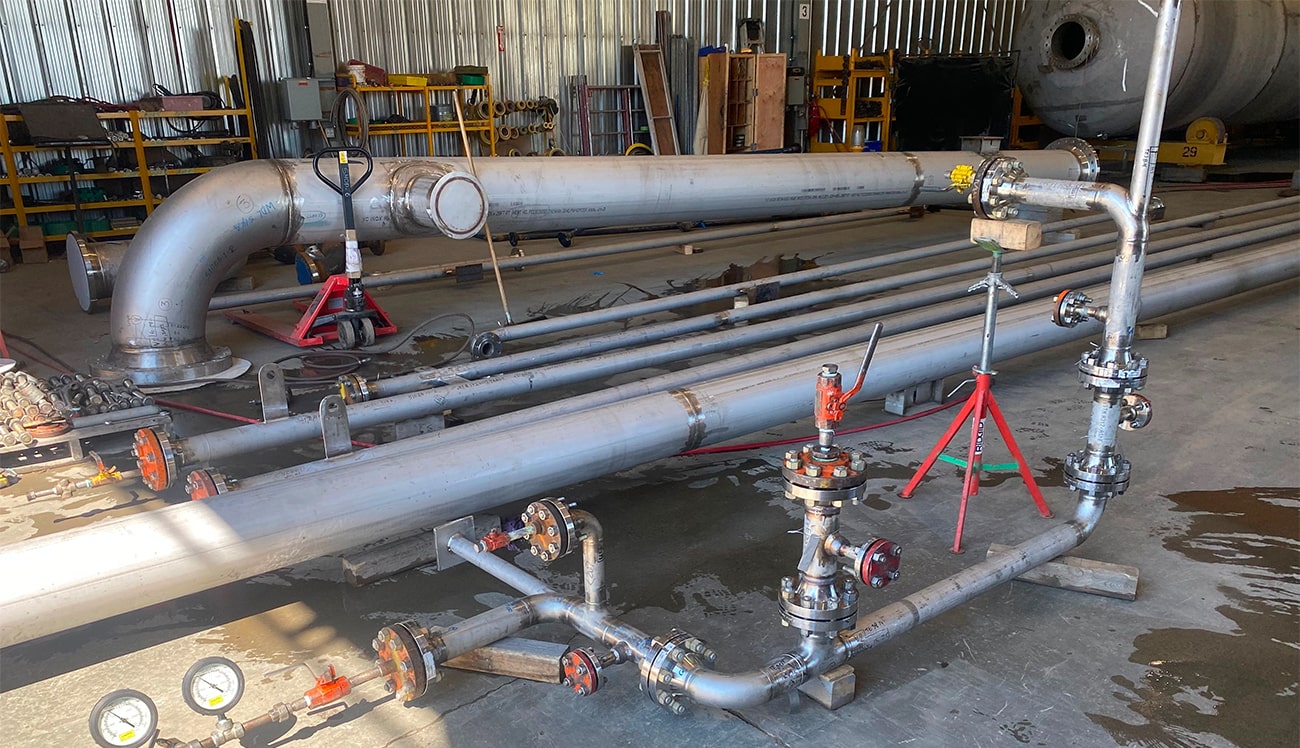Quality Control Assured: Specialist Pipeline Welding Inspection Services
Wiki Article
Essential Pipeline Welding Assessment Tips for Quality Control
Just how can one guarantee the high quality of these welds that attach the pipeline areas? By comprehending the necessary pipeline welding inspection tips, experts can avert possible risks, reduce costly fixings, and promote the integrity of these essential frameworks.
Importance of Welding Examination
Welding assessment plays a crucial function in making certain the architectural integrity and security of pipeline systems. By diligently taking a look at welds, assessors can determine any type of defects or flaws that can compromise the stability of the pipe. These inspections are important for preventing leakages, ruptures, and various other potentially tragic failings that can cause ecological damages, financial losses, and also loss of life.The value of welding inspection can not be overemphasized, as the quality of welds straight influences the overall efficiency and long life of the pipe. Via non-destructive screening methods such as aesthetic examination, ultrasonic screening, radiography, and magnetic bit testing, inspectors can spot imperfections that may not be visible to the nude eye. By recognizing and resolving these issues early on, welding evaluation aids to make certain that pipelines meet market standards and governing needs.
Eventually, welding assessment is a crucial aspect of quality control in pipeline upkeep, construction, and repair (Pipeline Welding Inspection). By maintaining extensive evaluation requirements, industry specialists can reduce risks and maintain the safety and security and reliability of pipe systems
Usual Welding Flaws
Among the obstacles dealt with in pipe welding, common defects can significantly affect the architectural honesty and efficiency of the bonded joints. Cracks in the weld can circulate over time, jeopardizing the architectural integrity of the pipe. Discovering and resolving these usual defects via complete evaluation and high quality control processes are crucial for making certain the dependability and safety of pipeline welds.Evaluation Techniques for Pipes

Non-destructive screening (NDT) strategies such as radiographic testing, ultrasonic testing, magnetic particle screening, and liquid penetrant screening are frequently used in pipe welding assessment. Aesthetic assessment is likewise vital in pipe welding to determine any type of noticeable flaws or stoppages. Additionally, automated assessment techniques making use of innovative technologies like drones and robotics are significantly being employed to improve the effectiveness and accuracy of pipeline examinations.
Guaranteeing Quality Control Criteria
To maintain stringent top quality assurance requirements in pipeline construction, careful adherence to developed sector procedures and standards is critical. Quality control in welding procedures calls for a detailed strategy encompassing numerous stages of pipe wikipedia reference building. Making sure the top quality of welds includes using certified welders, proper welding procedures, and adherence to sector standards such as those established by the American Petroleum Institute (API) and the American Culture of Mechanical Engineers (ASME) Assessment and screening play a vital function in confirming the stability of welds, with strategies like non-destructive screening (NDT) being vital for discovering prospective defects. In addition, maintaining detailed documentation throughout the welding process is vital for traceability and high quality control objectives. Implementing a durable high quality monitoring system that includes regular audits and reviews can better improve the general high quality guarantee criteria in check it out pipeline welding. By focusing on adherence to these requirements, stakeholders can guarantee the reliability and safety and security of pipeline systems for the lengthy term.Preventing Expensive Repair Work
Provided the important importance of preserving rigid quality guarantee standards in pipe building, a positive technique to protecting against costly repair work is necessary. Routine upkeep checks and monitoring of ecological variables that can impact the stability of the pipeline are likewise vital in stopping costly fixings. By spending in preventative actions and focusing on high quality assurance at every phase of the pipeline welding procedure, companies can decrease the risk of expensive repair work and guarantee the long-lasting integrity of their framework.
Verdict
Finally, adherence to appropriate welding evaluation techniques is essential for guaranteeing the quality and integrity of pipes. By determining usual welding defects and implementing comprehensive evaluation procedures, pricey fixings can be avoided, and quality assurance standards can be satisfied - Pipeline Welding Inspection. It is essential for pipe welders to prioritize inspection procedures to preserve the safety and integrity of the infrastructure they are working withThe significance of welding assessment can not be overemphasized, as the visit their website quality of welds straight impacts the overall performance and durability of the pipe. Non-destructive testing (NDT) techniques such as radiographic testing, ultrasonic screening, magnetic bit screening, and liquid penetrant testing are frequently utilized in pipe welding assessment. Aesthetic examination is additionally necessary in pipe welding to determine any type of noticeable flaws or suspensions. Additionally, computerized assessment methods making use of innovative modern technologies like robotics and drones are progressively being utilized to enhance the performance and precision of pipeline examinations.In final thought, adherence to appropriate welding evaluation methods is vital for making sure the high quality and integrity of pipes.
Report this wiki page